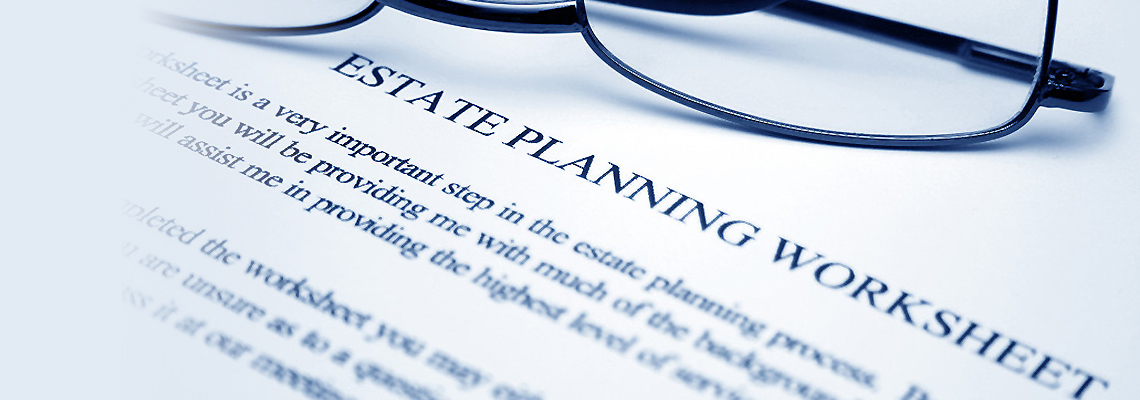Jeff and I are going to Disney! A much needed little trip for just the two of us. This also means I am finally dealing with a task I’ve put off for far too long, our estate plan! Although, it’s unlikely that we both would die prematurely and even more unlikely that our plane would crash on our upcoming trip, it has certainly put some urgency into our planning. Somehow being away from our son for more than one day suddenly makes me question, “What if we didn’t come back?” I’m not one for allowing those sort of fears to set in, but I am letting it serve as motivation to finally get our affairs in order.
I am embarrassed to say that we had not updated our wills or other estate documents since before we were married. Our first put off was that we would wait until we had a baby since we would need to change it then anyway. It wouldn’t have been the perfect plan if we had died in that situation. There were definitely some gaping holes. So please don’t follow my lead on that.
Once Luke was born, we talked about readdressing our estate plans, but that’s as far as we ever got. Personally, I got really hung up on answering the question of who would raise Luke should Jeff and I both die. It’s not an easy answer and I wasn’t ready to face it. I have finally come to terms with the fact that although, no one will be able to fill our shoes as Luke’s parents, having a plan in place is absolutely necessary and can save a lot of extra frustration for our family should such a tragedy occur. (It’s only taken 2 years, to come to that!)
Perhaps you’ve found yourself in the same situation. Whether even considering the idea of an untimely death makes you uncomfortable, or you just don’t know where to begin, having some sort of plan in place, even if it is imperfect, is better than no plan at all.
So first things first, what’s involved? Every estate plan no matter what stage of life you are in should cover four main elements: a will, a trust, powers of attorney, and a living will/health care proxy.
Will First, there’s the will. That’s primarily what everyone thinks of first. Your Last Will and Testament is the legal document that details the instructions of how your property and assets are to be distributed upon your death. It’s also the legal document where you would designate a guardian for your underage children.
Trust Depending upon your particular situation you may also include some type of trust within your plan. A trust can help you better control to whom and when assets are distributed after you die. We’ll be utilizing a testamentary trust in order to manage Luke’s inheritance. This way we can better specify how the funds are to be used as he grows up. (More on this to come in a future post.)
Power of Attorney There are actually two types of documents referred to as Power of Attorney when it comes to estate planning, one relates to medical decisions and another relates to financial decisions. So make sure to address both. This designates who will make decisions for you. It’s a good idea to name a primary and a secondary person. Jeff is my primary but I’ve named a secondary in the event that he dies or becomes incapacitated at the same time I do.
Living Will This document is the one that provides a list of instructions on your preferences for life-sustaining treatment. This is another decision that is hard for people so often they avoid putting something in place at all. Sometimes, the living will includes the health care power of attorney in the same document.
Estate planning can seem rather complicated. I think it’s mainly due to the fact that there are so many options to address all the various possibilities, which is a good thing. It’s really about creating a plan that works for you and addresses your largest concerns. In my next post, we’ll talk about some of the major considerations that come into play when designing your plan and then we’ll talk more about the whole process of putting it in place.
Stay tuned.






